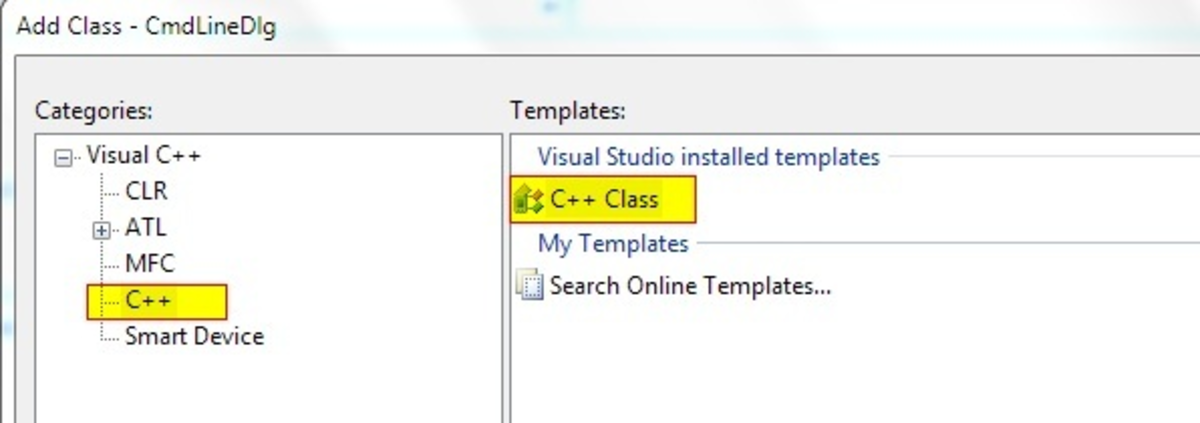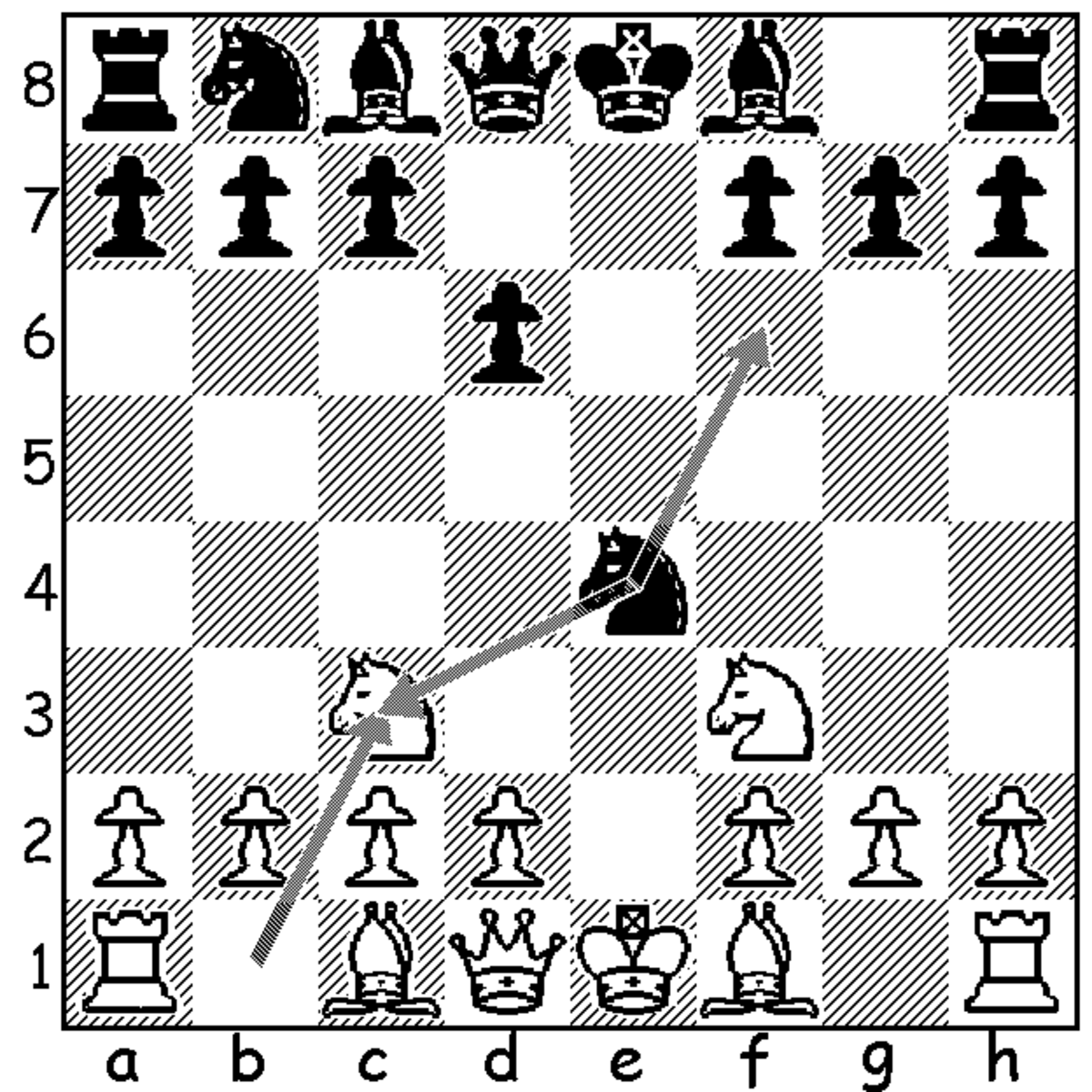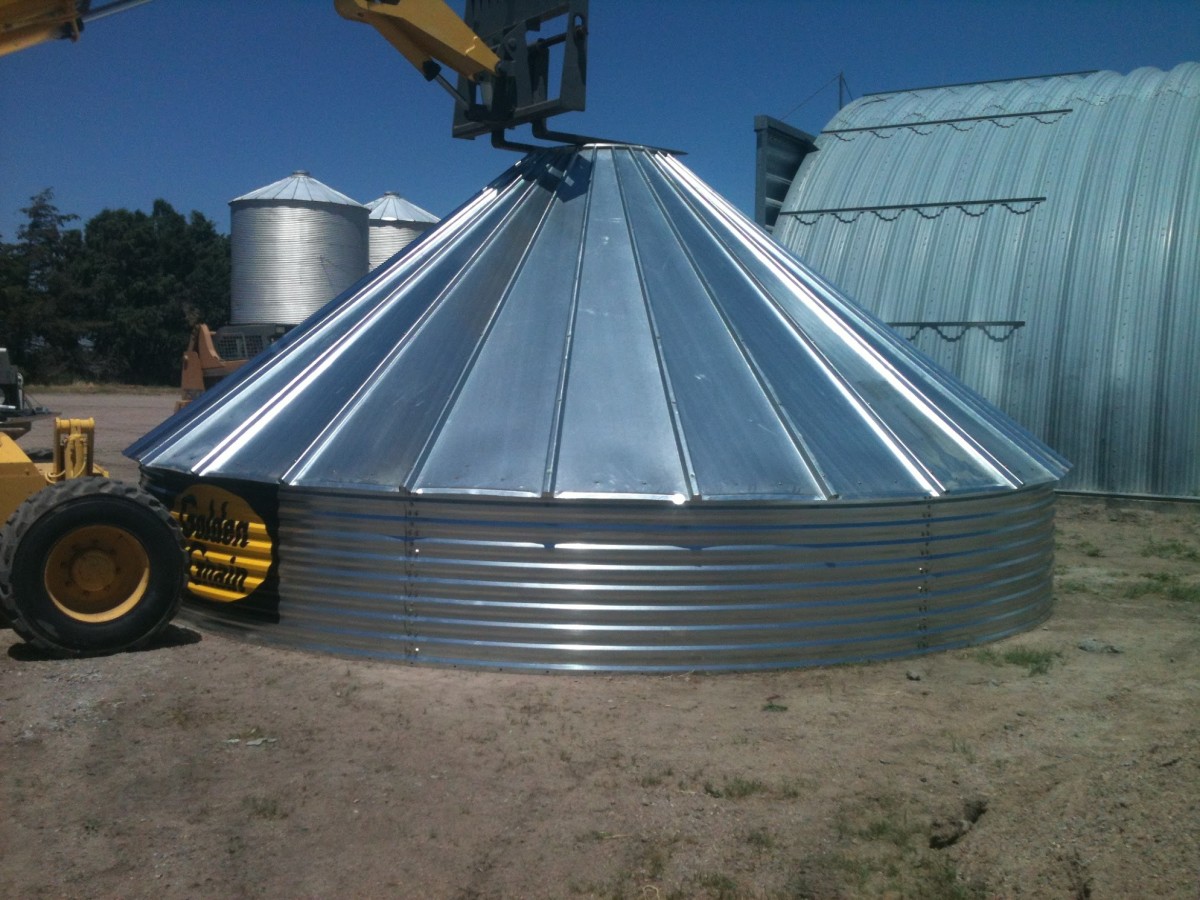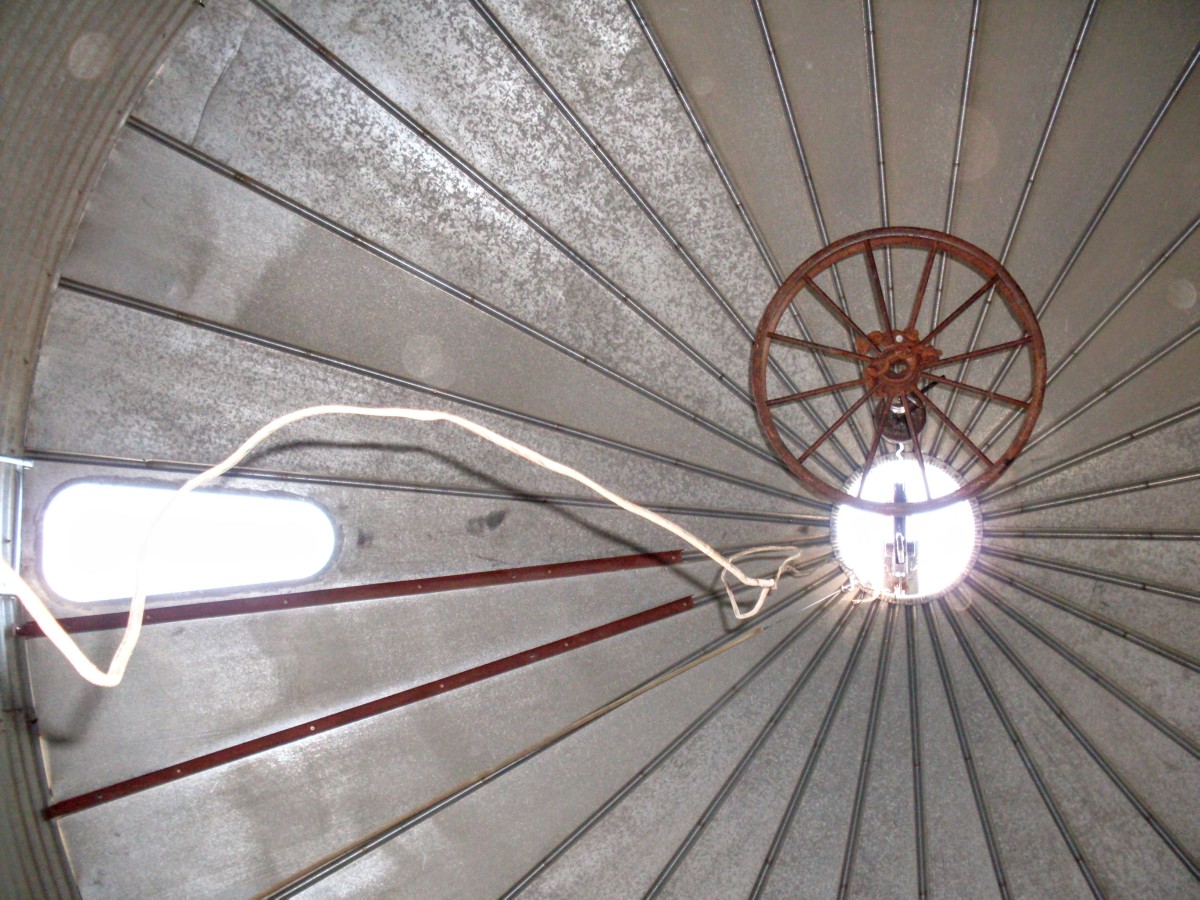Maple farm vacuum system applications, tips to get more out of your money! part 2
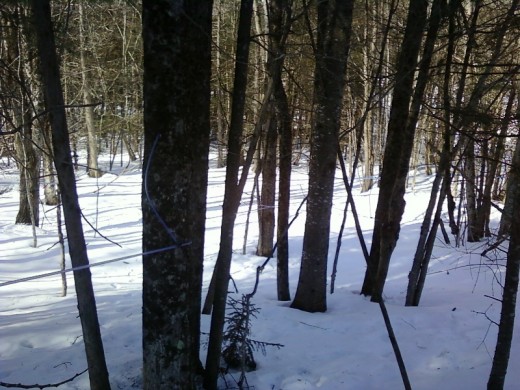
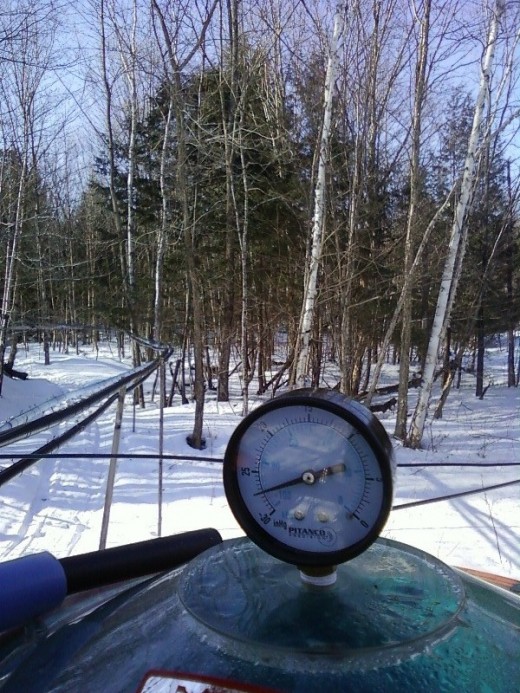
Sugarbush tip number two, get more out your investment.
This tip is not for all sugar-bush owners or workers as some of us are maybe too passionate about the way the system operates and are fully aware of this tip. For others, I will briefly explain why this tip is so important for your farm and will increase your sap production, thus increase your syrup production. All while ensuring your investment has been well spent.
The main thing to remember here is that when you are changing the way you may be doing things after reading this tip, it isn't going to cost you any more money, but it is going to make you more. So, for you possibly stubborn people out there who won't see the need, I say this because I am quite stubborn myself, take the time to understand your system. It will be in your best interest.
A maple or birch vacuum line system is intended to provide vacuum pressure to the tree. NOT to transport sap up lines. I have worked with people who believe that it is acceptable to have loose lateral line that may even be slopping away from the main line, and this is wrong. It's true that, as they mentioned, the sap will get pulled up, however, if the lateral lines are full of sap, and the vacuum pressure is being utilised forcing the liquid up the lines, your tree is simply a gravity feed sap tree. In order to get your vacuum to the tree you must ensure that all of the lateral lines are tight, they are designed to be able to withstand very tight installation, and that they are all slopping downwards towards the main line. For some farms this may mean changing existing set ups a little bit, but I guarantee you will see immediate results.
Now that your lateral lines are well run and adjusted, which will take you no more that a second or two to adjust while you're tapping, you can get your investment right to your tree. And this next part is very important for a couple of reasons. When you're installing your taps make absolutely sure that the direction the spout is pointing in allows sap to drain out of the hole. As important, make sure there is no loop or low spot in the drop shoot where the sap may be able to sit and air lock the vacuum from reaching the tree. Because, if your spout is angled upwards, or your drop lines leave room for sap to backup into the hole, you will loose precious vacuum prematurely near the end of the season. Some people think that you have to install spouts this way to make sure the tree doesn't dry out, but in fact, the tree will be fine should it stay dry, it is when the sap stays in the hole that the bacteria starts to grow and the tree starts to heal itself. This creates a out of round hole which means your spout will start leaking and you will start loosing vacuum everywhere there is a spout that has been improperly installed. And for those of you who don't know, one leak on a lateral line effect the productivity of the entire line, and several leaks on several lateral lines effect the productivity of your main lines.
In closing, when you look into your sugar-bush, all lines should be slopping down towards the main line it is leading to. An empty lateral line and drop line allows vacuum to reach the tree, which is what you invested so much money to achieve with your system. I will explain a little about the number of taps per lateral line you should not exceed to optimize vacuum and the importance of main line levels in future hubs to help get your system running at peak performance.
And just a quick note. As you're tapping your sugar-bush and possibly drilling for all you're worth to try and get to the good sap, remember this. University studies have shown that the optimal depth when drilling holes is between 1" and 1.5", with a variable for bark thickness. In order to prolong the life of your tree and maintain good sugar-bush practices, you don't have to go in 2 or 3 inches. You'd be surprised how much time and battery power people save as well.

